David Whitlinger is executive director of New York eHealth Collaborative.
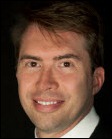
Give me an overview of NYeC and its various initiatives.
The New York eHealth Collaborative is the state-designated entity for the State of New York. It is responsible for establishing healthcare IT across the state. It has a couple of key programs. One of them, of course, is adoption of electronic health records in general, and we do that as one of the two regional extension centers for the state. The other is the New York City Regional Extension Center. We work tightly together.
NYeC is also building a statewide network in conjunction with the Department of Health and various RHIOs from around the state. The first two predominant capabilities that the statewide network will support are patient record lookup – the ability to query for a patient record across the network — as well as Direct, the ability to use a single hit in the SHIN-NY network to support point-to-point communication between two provider organizations.
In support of that, we have a couple of other initiatives we kicked off in order to further substantiate the markets towards usage of the SHIN-NY, including interoperability workgroups. We — with several other states and a collection of HIE vendors and EHR vendors — came together to form an organization that will work on tight plug-and-play interoperability technical specifications for patient record lookup and Direct.
That work now is coming into culmination. The test specs are done and we’re in the final throes of working with an ONC-certified test house to be the test body for products that meet those requirements. For New York, we expect that’s going to be a mandatory requirement for EHR vendors such that their products are SHIN-NY-ready and they’re ready to be on the state network plug and play.
The other program that we anticipate starting to bear fruit next year is an accelerator program. Those companies are accelerating products on top of the SHIN-NY network, using the SHIN-NY services for products geared towards team-based or collaborative care.
One of the biggest struggles for HIEs financial viability. What is SHIN-NY’s financial model and how is it faring?
Let me talk about it from several different aspects. The way our model is constructed today is as a retail model. In other words, those that use the network pay for the usage of the network – both payers and providers. That’s the model that we put together.
That being said, we have done a couple of things in putting this cost structure together and two things of note. New York City and the surrounding area is one of the densest healthcare delivery geographies in the country. By loading up the volume of usage of the network and driving the cost of delivery of that network down to a very low level, we are able to provide the per-unit cost to those that are paying for it at a public utility or commoditized level. We went into this as to substantiate the services with an expectation that we were going for volume and that the per-unit cost was going to be at a public utility or commoditized rate.
And so where are you today financially or is it still too early to tell?
It’s too early to give you some numbers or to quote figures but we are on target for the volumes or the adoption rate that’s necessary to succeed with our financial model. Where we need to be in a year from now is a full commercial model as that’s roughly when grants resolve. We’re on track for that.
What were you look for in companies to be part of your accelerator program?
I’ll try to give you four areas that were identified by our provider community as focus areas or capabilities that are necessary to support team-based or collaborative care.
One is care plan management. That’s the idea of having a single care plan for a patient with multiple providers that are using that care plan and contributing to it and looking at it with each other or prescribing for the patient simultaneously. There’s an ability of coordination between the provider community and all are working on the same patient at the same time. A lot of the products that we’ve seen and that are being accelerated for our program have to do with community communication: how do you notify and allow the different providers to know what each other are doing?
The second focus area is around analytics and being able to manage patients at the provider level in a panel. If a provider is seeking to be proactive and address their high-utilization patients, what are the reports that you can run and know what the other providers in that community are also doing with these patients? If you’re proactive, the reports that you use help dictate the work that you do with those patients.
The third area has to do with alerting. We received a lot of feedback, and a lot of interesting companies have come in to the accelerator with ideas around this. In the alerting ideas, you might have patients that end up in the wrong place for receiving care and there are care managers who are looking out for those patients. If they knew that the patient was in a high-cost location for care, they could intercede before the patient gets overworked and the financial mechanism gets overdrawn. A classic example is a patient showing up at an ER and the ER doesn’t know anything about the patient, so they don’t have any choice but to do a full workup, run all the tests, and do all the necessary treatments. If the care manager has a good depth of knowledge of that individual, they could be alerted and contact the ER. After the patient is stable, they could spend more time getting the patient transitioned to a better form of care, and not just ER services.
The last category, which is the Holy Grail, is patient engagement. We’re looking for and have found some companies that are really seeking to get patients engaged more in their own care, be more proactive in their care plan, and be more proactive in their engagement with their providers.
Were your applicant companies New York-based or are they from all over?
About half of the companies that applied are New York-based. The rest are outside of New York or outside of US altogether and across the world.
A recent CMS report indicates that only about 12 percent of physicians who signed up with an REC have attested to Meaningful Use. How does your REC’s record compare?
I hate to brag, but I will. We’re oversubscribed for our REC services. We are signed up for about 5,107. That was our contract number, and we now have around 5,500. We’re about 10 percent overprescribed for services.
We are now somewhere around 1,200 that have achieved Meaningful Use. If you understand some of the Meaningful Use program, you know we’re in a lull right now as to when people can attest and how they can attest and report. We’re expecting – and we’re very much on top of this with our provider community – a big wave at the end of the year here.
By the time all of the accounting mechanisms get caught up, we expect our Meaningful Use number to be around 3,000 or 3,100 in the January-February timeframe, so we’re doing well. We’re on track. The provider community is doing their part. The vendor community is doing their part. Our REC agents going in and working with the practices are doing a tremendous job.
What do you find to be the biggest challenges for physicians in terms EHR adoption?
You know, I think there’s a little bit of EHR fatigue. There’s a lot of work that’s going on in bringing themselves up to speed. There’s a lot to digest and understand. There’s a lot of work going into practices and helping them understand what’s important when doing an EHR implementation and focus on those things, and then grow the usage using the Meaningful Use measures as guide after they get there. It’s overwhelming at first blush. We spend a lot time getting them to understand it all in digestible chunks.
Would you like to add any additional comments?
The state of New York, because of the tremendous investment that it has had for the last couple of years, is working to provide a very robust HIE network as a public utility. We are doing something that the public should look at as for the public good and as a public utility that is available to all of them. It’s in the community, owned by the community, governed by the community. That’s really what we’re about here at NYeC.
To that end, we are looking at putting a consumer- or patient-facing portal up in the early part of next year that really is going to benefit the general public. That will be also coinciding with Meaningful Use Stage 2 requirements of patient access to their record. We’re looking forward to the healthcare providers in the state of New York really being able to leverage that, not only for the Meaningful Use Stage 2 requirement, but because it’s the right thing to do for their patients. It brings patients access to all of their records and not just the records of any one provider.


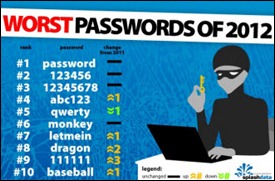
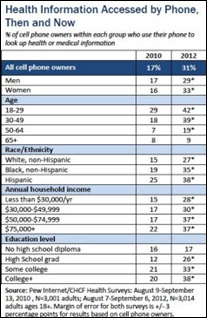
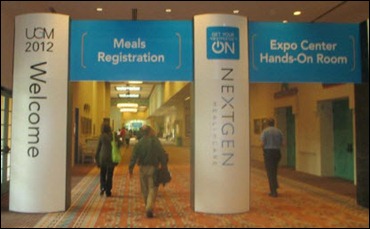
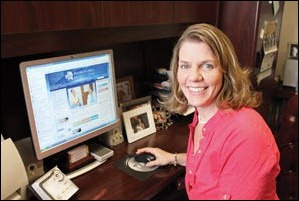



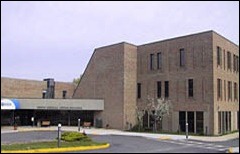
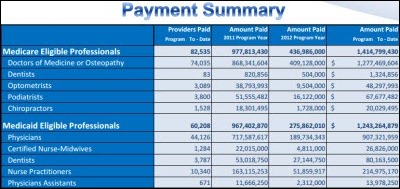
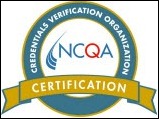


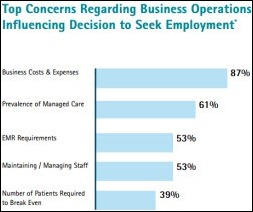
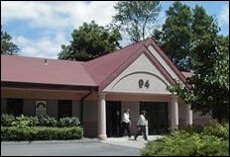
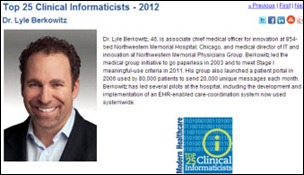
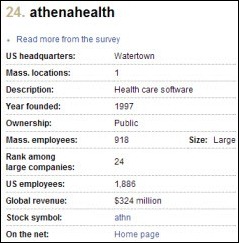
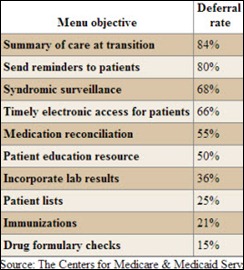
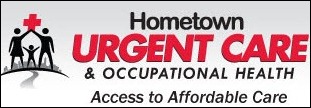
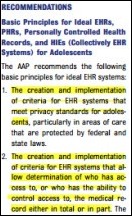



The article about Pediatric Associates in CA has a nugget with a potentially outsized impact: the implication that VFC vaccines…